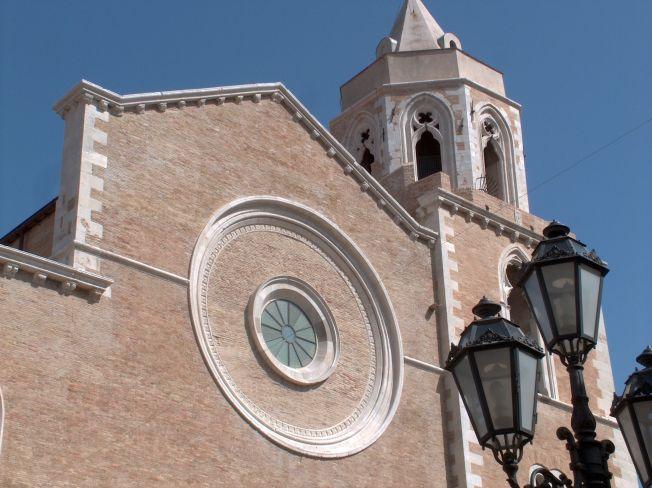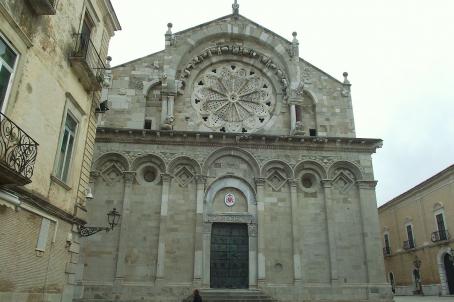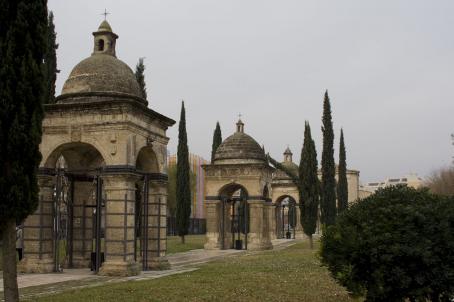Lucera Cathedral
The Basilica Cathedral of Lucera is an example of Gothic-Anjou architecture, built by order of Charles II of Anjou and consecrated in 1302. Traces of the ancient cathedral, sacked in 663 by the Byzantine Emperor Constantius II, were lost over the following centuries, probably falling into ruin in the 13th century when Frederick II deported the Saracens from Sicily to the city. During the 16th and 17th centuries, the cathedral was renovated in the Baroque style with the addition of four side chapels.






